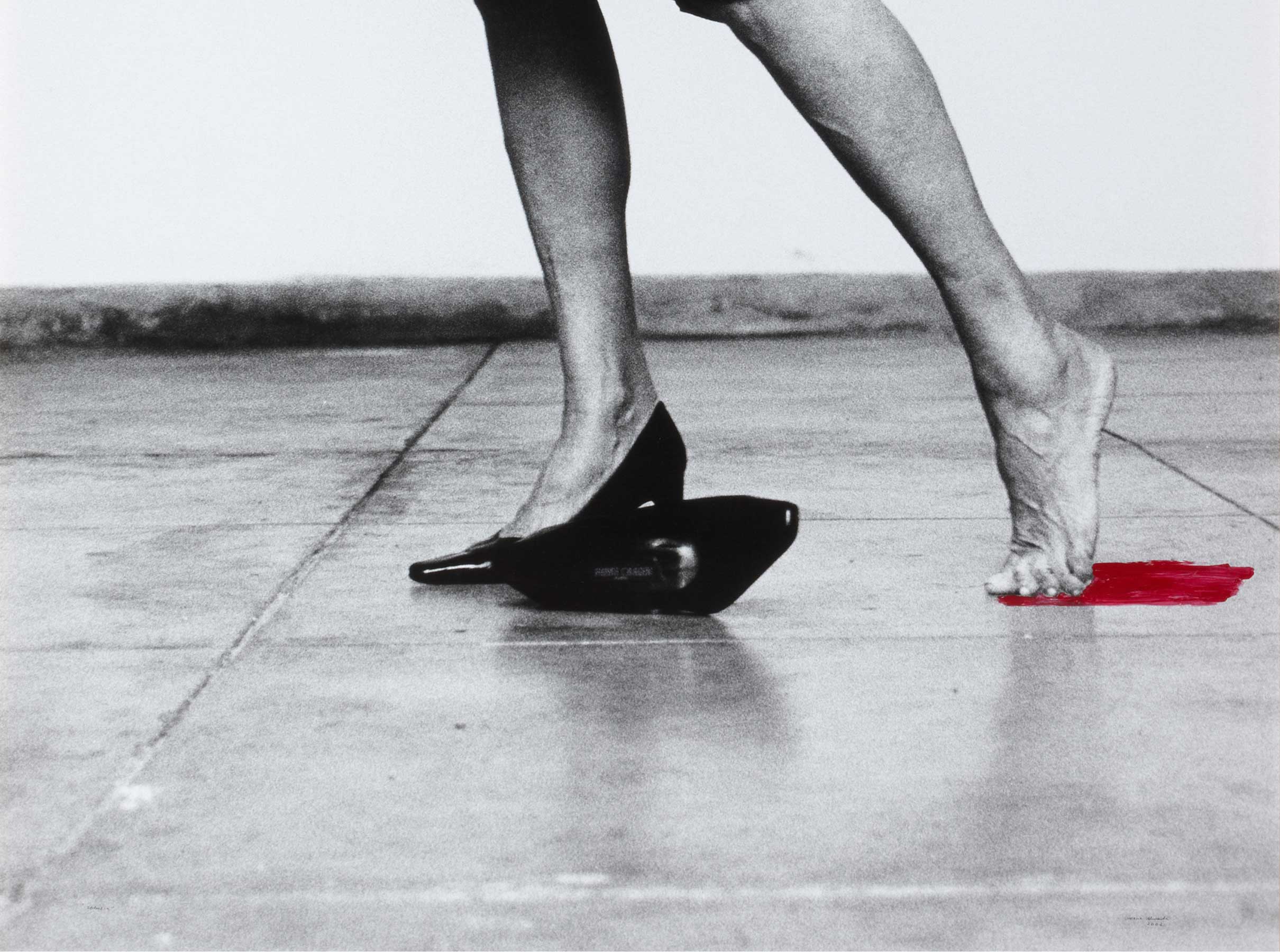Piscina [Swimming Pool]
- 1990
- Oil on canvas
- 191,5 x 201 cm
- Cat. P_492
- Acquired in 1991
In Swimming Pool (1990), some of the defining characteristics of Juan Navarro Baldeweg’s art converge, particularly his simultaneous work as an artist and an architect. This position based on certain ‘communicating vessels’ was decisive in the development of his art. Thus, approaching painting from the viewpoint of architecture is a constant feature in his art. Reflection on space and representation, perspective, colour, landscape and light also have a strong presence in his work. There are common interests, influences and references that flow in both directions and shape an all-round oeuvre that exceed the limits of both disciplines.
Using simplified volumes and a progressive geometrisation of forms, the space in Swimming Pool invites measured, tempered reflection through a minimalist use of colour that contains hints of the light of the Mediterranean, which the artist frequently references. There is deliberate thought and a balance that is strengthened by applying a range of colours where pastel and bright tones prevail.
As case in earlier series, in Painting, Navarro Baldeweg seeks to study architectural aspects – variations on the interiors of a house, a swimming pool and ‘empty rooms’ -, showcasing liveable spaces in an enclave somewhere between the figurative and the abstract. They are places that spring from the imagination of the artist from his earliest works, to be activated by viewers on looking at them: ‘Looking is a very complex action, and the viewer always creates a perspective that is false and which is their own, but it can lead to a certain dreaminess, to a certain placidity, to what I call painting as the siesta”. Navarro Baldeweg’s output confirms, to quote him directly, that “painting celebrates our bodily presence in the world”.
Other works by Juan Navarro Baldeweg

![Piscina [Swimming Pool]](/f/webca/INF/assets/img/fff.png)